Properties
| Storage Buffer | PBS pH7.4, 50% glycerol, 0.09% sodium azide *Storage buffer may change when conjugated |
| Storage Temperature | -20ºC, Conjugated antibodies should be stored according to the product label |
| Shipping Temperature | Blue Ice or 4ºC |
| Purification | Protein G Purified |
| Clonality | Monoclonal |
| Clone Number | S57 |
| Isotype | IgG1 |
| Specificity | Detects ~240kDa (varies with cell background due to glycosylation). |
| Cite This Product | StressMarq Biosciences Cat# SMC-300, RRID: AB_2069099 |
| Certificate of Analysis | 1 µg/ml of SMC-300 was sufficient for detection of Cav1.2 in 10 µg of rat brain lysate by colorimetric immunoblot analysis using Goat anti-mouse IgG:HRP as the secondary antibody. |
Biological Description
| Alternative Names | CACH3 Antibody, CACN4 Antibody, CACNA 1D Antibody, CACNL1A2 Antibody, voltage dependent L type calcium channel subunit alpha 1D Antibody, alpha-1 subunit voltage-dependent calcium channel Antibody, calcium channel voltage-dependent L type alpha 1C subunit1 Antibody, voltage-gated calcium channel alpha subunit Cav1.2 Antibody, calcium channel L type Antibody, alpha 1 polypeptide isoform 1 cardic muscle Antibody, calcium channel cardic dihydropyridine-sensitive alpha-1 subunit Antibody, voltage-gated L-type calcium channel Cav1.2 alpha 1 subunit splice variant 10 Antibody, DHPR alpha-1 subunit Antibody, Voltage-gated calcium channel subunit alpha Cav1.2 Antibody, Calcium channel L type alpha-1 polypeptide isoform 1 cardiac muscle Antibody |
| Research Areas | Calcium Channels, Cancer, Cardiovascular System, Cell Signaling, Heart, Ion Channels, Neuroscience, Voltage-Gated Calcium Channels |
| Cellular Localization | Cell membrane, Membrane |
| Accession Number | NP_001129994.1 |
| Gene ID | 100101555 |
| Swiss Prot | P15381 |
| Scientific Background | Cav1.2 is a cardiac L-type calcium channel, and is important for excitation and contraction of the heart (1). It may be associated with a variant of Long QT syndrome called Timothy's syndrome (2, 3) and also with Brugada syndrome. Some references also suggest it is related to bipolar disease as well (3). |
| References |
1. Splawski I., et al. (2004) Cell. 119 (1): 19-31. 2. Krey J.F., and Dolmetsch R. (2009) Biophysical. 96 (3): 221a-222a. 3. Crotti L., Celano G., Dagradi F. and Schwartz P.J. (2008) Orphanet J Rare Disease 3:18. |
Product Images
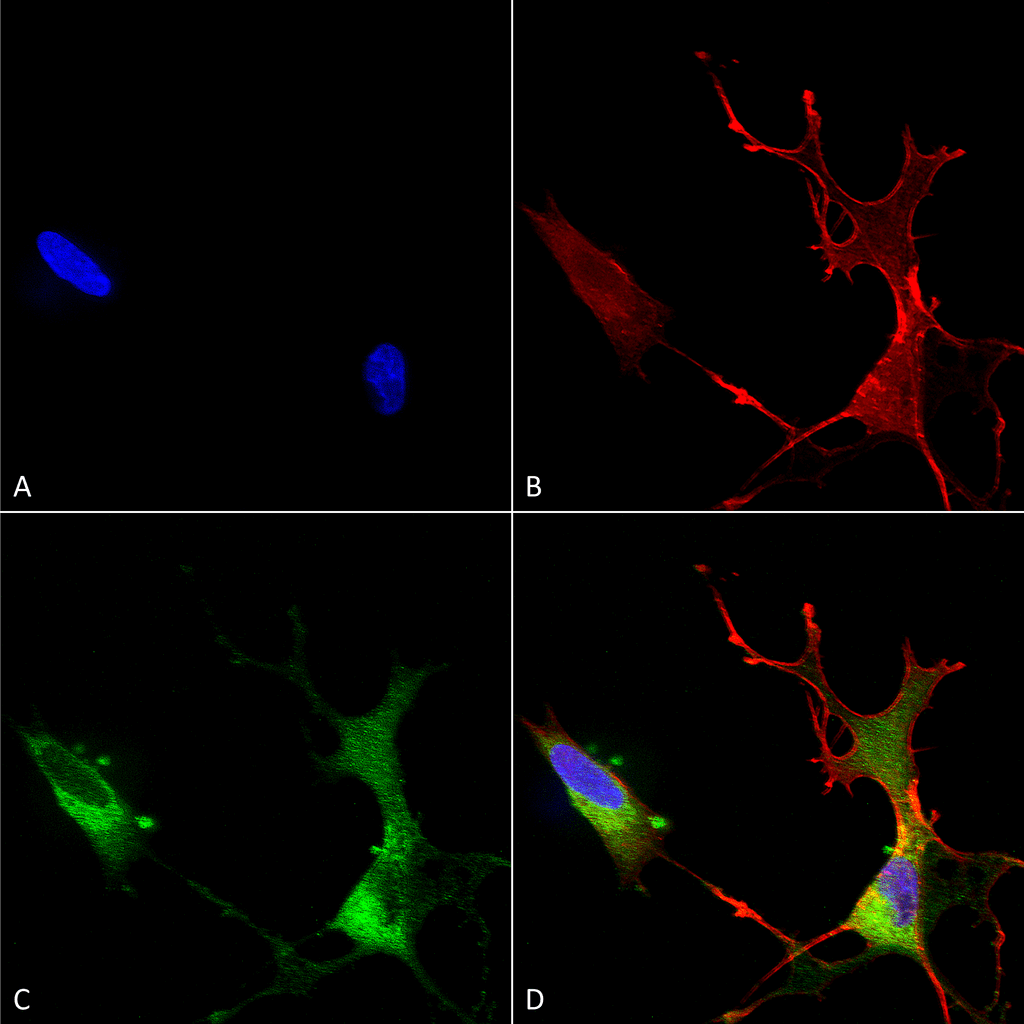
Immunocytochemistry/Immunofluorescence analysis using Mouse Anti-Cav1.2 Monoclonal Antibody, Clone S57 (SMC-300). Tissue: Neuroblastoma cells (SH-SY5Y). Species: Human. Fixation: 4% PFA for 15 min. Primary Antibody: Mouse Anti-Cav1.2 Monoclonal Antibody (SMC-300) at 1:50 for overnight at 4°C with slow rocking. Secondary Antibody: AlexaFluor 488 at 1:1000 for 1 hour at RT. Counterstain: Phalloidin-iFluor 647 (red) F-Actin stain; Hoechst (blue) nuclear stain at 1:800, 1.6mM for 20 min at RT. (A) Hoechst (blue) nuclear stain. (B) Phalloidin-iFluor 647 (red) F-Actin stain. (C) Cav1.2 Antibody (D) Composite.

Immunocytochemistry/Immunofluorescence analysis using Mouse Anti-Cav1.2 Monoclonal Antibody, Clone S57 (SMC-300). Tissue: Neuroblastoma cell line (SK-N-BE). Species: Human. Fixation: 4% Formaldehyde for 15 min at RT. Primary Antibody: Mouse Anti-Cav1.2 Monoclonal Antibody (SMC-300) at 1:100 for 60 min at RT. Secondary Antibody: Goat Anti-Mouse ATTO 488 at 1:200 for 60 min at RT. Counterstain: Phalloidin Texas Red F-Actin stain; DAPI (blue) nuclear stain at 1:1000, 1:5000 for 60 min at RT, 5 min at RT. Localization: Cell Membrane, Membrane, Cytoplasm, Nucleoplasm. Magnification: 60X. (A) Phalloidin Texas Red F-Actin stain; DAPI (blue) nuclear stain. (B) Anti-Cav1.2 Antibody. (C) Composite. (A) DAPI (blue) nuclear stain. (B) Phalloidin Texas Red F-Actin stain. (C) Cav1.2 Antibody. (D) Composite.

Immunohistochemistry analysis using Mouse Anti-CaV1.2 Calcium Channel Monoclonal Antibody, Clone S57 (SMC-300). Tissue: hippocampus. Species: Human. Fixation: 10% formalin. Primary Antibody: Mouse Anti-CaV1.2 Calcium Channel Monoclonal Antibody (SMC-300) at 1:100 for 1 hour at RT. Secondary Antibody: FITC Goat Anti-Mouse (green) at 1:50 for 1 hour at RT.

Immunohistochemistry analysis using Mouse Anti-CaV1.2 Calcium channel Monoclonal Antibody, Clone S57 (SMC-300). Tissue: Brain Tissue. Species: Mouse. Fixation: Formalin. Primary Antibody: Mouse Anti-CaV1.2 Calcium channel Monoclonal Antibody (SMC-300) at 1:10000 for 12 hours at 4°C. Secondary Antibody: Biotin Goat Anti-Mouse at 1:2000 for 1 hour at RT. Counterstain: Mayer Hematoxylin (purple/blue) nuclear stain at 200 µl for 2 minutes at RT. Magnification: 40x.
![<p>Western Blot analysis with StressMarq’s Anti-Cav1.2 Antibody [S57] (SMC-300) showing detection of Cav1.2 in HEK293 whole cell lysate (Rockland W09-000-365) heated at 60°C for 10 minutes. Human Cav1.2 protein (UniProt Q13936) has a predicted molecular weight of ~249 kDa. Block: 2% skim milk + 2% BSA. Primary Antibody: Mouse Anti-Rabbit Cav1.2 Monoclonal IgG1 (SMC-300) at 1:1000 for 2 hours at RT. Secondary Antibody: Goat Anti-Mouse IgG:HRP at 1:5000 for 1 hour at RT. Color Development: Chemiluminescent for HRP (Moss) for 3 min at RT. Exposed 30 seconds.</p>](https://www.stressmarq.com/wp-content/uploads/SMC-300_Cav1.2_Antibody_S57_WB_Human_HEK293_1.png)
Western Blot analysis with StressMarq’s Anti-Cav1.2 Antibody [S57] (SMC-300) showing detection of Cav1.2 in HEK293 whole cell lysate (Rockland W09-000-365) heated at 60°C for 10 minutes. Human Cav1.2 protein (UniProt Q13936) has a predicted molecular weight of ~249 kDa. Block: 2% skim milk + 2% BSA. Primary Antibody: Mouse Anti-Rabbit Cav1.2 Monoclonal IgG1 (SMC-300) at 1:1000 for 2 hours at RT. Secondary Antibody: Goat Anti-Mouse IgG:HRP at 1:5000 for 1 hour at RT. Color Development: Chemiluminescent for HRP (Moss) for 3 min at RT. Exposed 30 seconds.
![<p>Western Blot analysis with StressMarq’s Anti-Cav1.2 Antibody [S57] (SMC-300) showing detection of Cav1.2 in mouse brain lysate (Novus NB820-59657) heated at 60°C for 10 minutes. Mouse Cav1.2 protein (UniProt Q01815) has a predicted molecular weight of ~240 kDa. Block: 2% skim milk + 2% BSA. Primary Antibody: Mouse Anti-Rabbit Cav1.2 Monoclonal IgG1 (SMC-300) at 1:1000 for 2 hours at RT. Secondary Antibody: Goat Anti-Mouse IgG:HRP at 1:5000 for 1 hour at RT. Color Development: Chemiluminescent for HRP (Moss) for 3 min at RT. Exposed 3 seconds.</p>](https://www.stressmarq.com/wp-content/uploads/SMC-300_Cav1.2_Antibody_S57_WB_Mouse_brain-lysate_1.png)
Western Blot analysis with StressMarq’s Anti-Cav1.2 Antibody [S57] (SMC-300) showing detection of Cav1.2 in mouse brain lysate (Novus NB820-59657) heated at 60°C for 10 minutes. Mouse Cav1.2 protein (UniProt Q01815) has a predicted molecular weight of ~240 kDa. Block: 2% skim milk + 2% BSA. Primary Antibody: Mouse Anti-Rabbit Cav1.2 Monoclonal IgG1 (SMC-300) at 1:1000 for 2 hours at RT. Secondary Antibody: Goat Anti-Mouse IgG:HRP at 1:5000 for 1 hour at RT. Color Development: Chemiluminescent for HRP (Moss) for 3 min at RT. Exposed 3 seconds.
![<p>Western Blot analysis with StressMarq’s Anti-Cav1.2 Antibody [S57] (SMC-300) showing detection of Cav1.2 in rat brain membrane lysate (prepared in-house) heated at 37°C for 10 minutes. Rat Cav1.2 protein (UniProt P22002) has a predicted molecular weight of ~243 kDa. Block: 2% skim milk + 2% BSA. Primary Antibody: Mouse Anti-Rabbit Cav1.2 Monoclonal IgG1 (SMC-300) at 1:1000 for 2 hours at RT. Secondary Antibody: Goat Anti-Mouse IgG:HRP at 1:5000 for 1 hour at RT. Color Development: Chemiluminescent for HRP (Moss) for 3 min at RT. Exposed 10 seconds.</p>](https://www.stressmarq.com/wp-content/uploads/SMC-300_Cav1.2_Antibody_S57_WB_Rat_brain-membrane-lysate_1.png)
Western Blot analysis with StressMarq’s Anti-Cav1.2 Antibody [S57] (SMC-300) showing detection of Cav1.2 in rat brain membrane lysate (prepared in-house) heated at 37°C for 10 minutes. Rat Cav1.2 protein (UniProt P22002) has a predicted molecular weight of ~243 kDa. Block: 2% skim milk + 2% BSA. Primary Antibody: Mouse Anti-Rabbit Cav1.2 Monoclonal IgG1 (SMC-300) at 1:1000 for 2 hours at RT. Secondary Antibody: Goat Anti-Mouse IgG:HRP at 1:5000 for 1 hour at RT. Color Development: Chemiluminescent for HRP (Moss) for 3 min at RT. Exposed 10 seconds.


![Mouse Anti-Cav1.2 Antibody [S57] used in Immunoprecipitation (IP) on Rat INS-1E cells (SMC-300)](https://www.stressmarq.com/wp-content/uploads/SMC-300_Cav1.2_Antibody_S57_IP_Rat_INS-1E-cells_1-2.png)
![Mouse Anti-Cav1.2 Antibody [S57] used in Western Blot (WB) on Hamster T-CHO cell lysate (SMC-300)](https://www.stressmarq.com/wp-content/uploads/SMC-300_Cav1.2_Antibody_S57_WB_Hamster_T-CHO-cell-lysate_1-2.png)



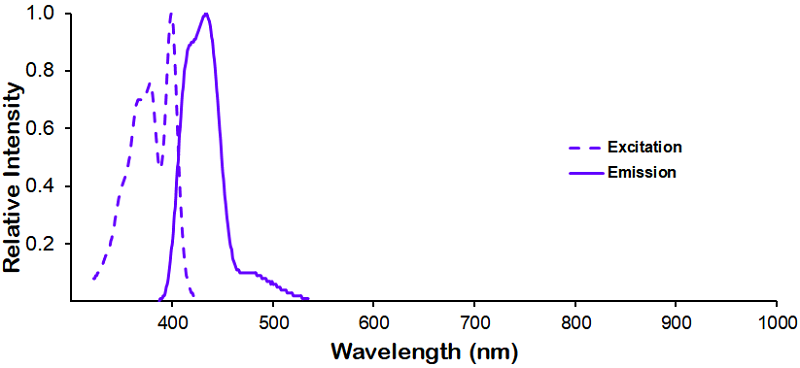
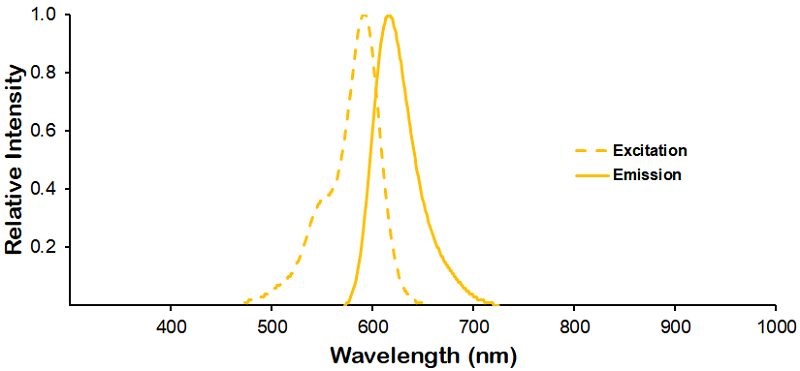

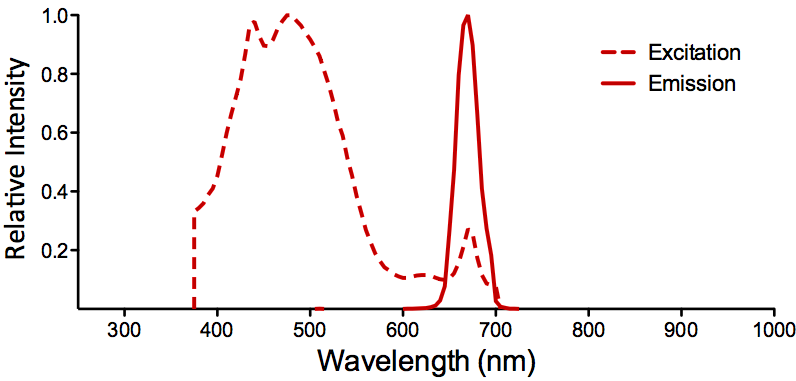
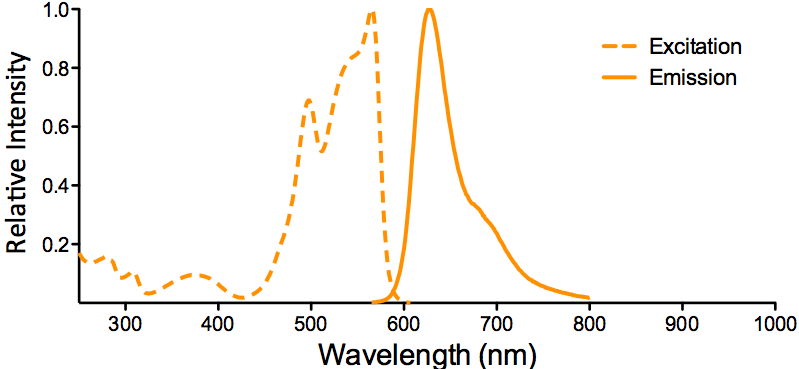
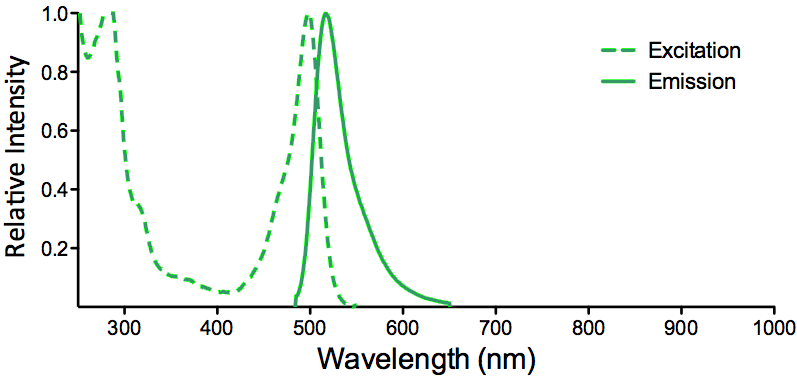
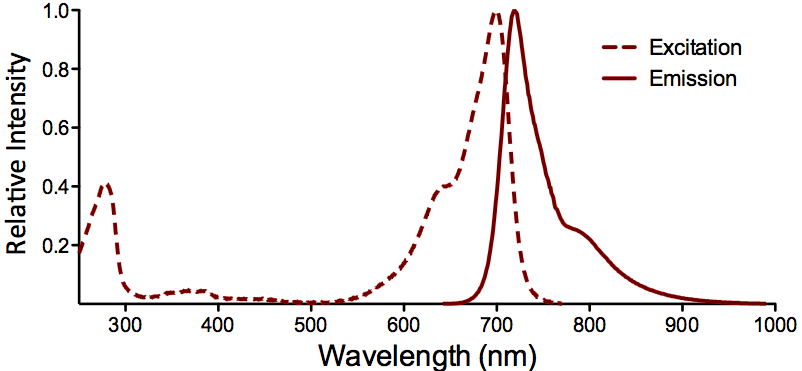

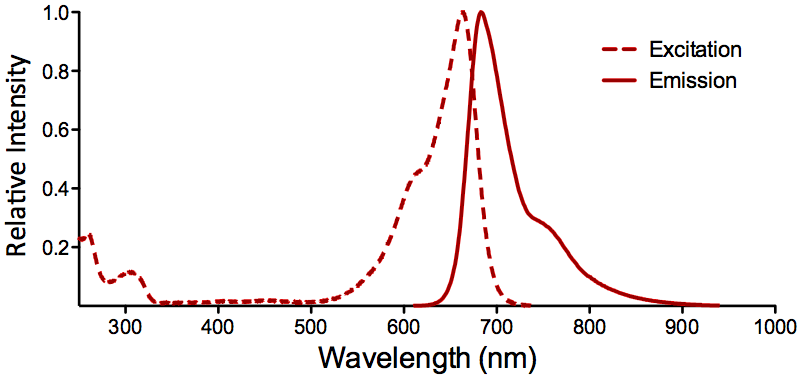

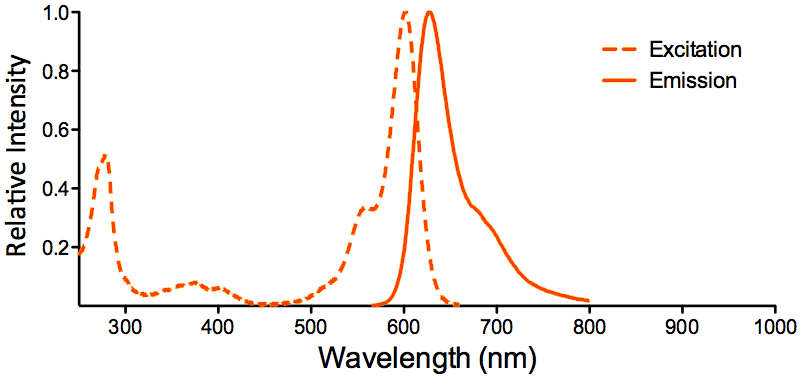
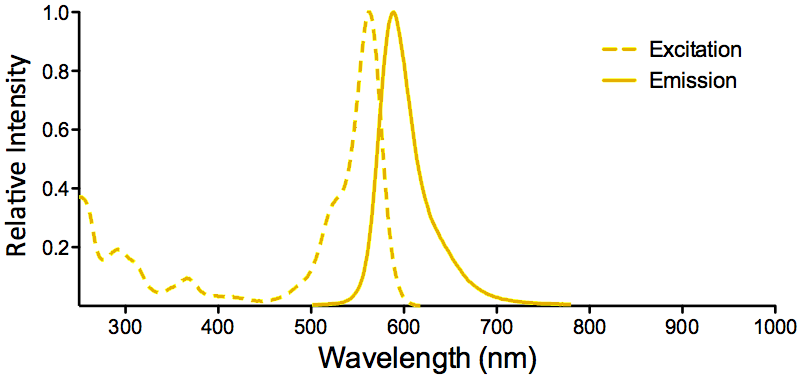


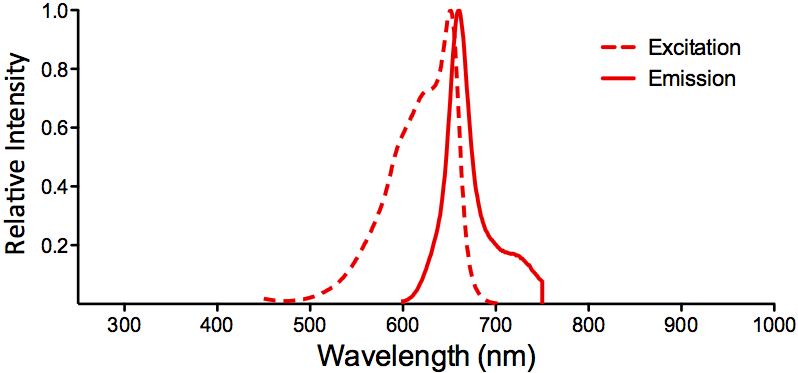


StressMarq Biosciences :
Based on validation through cited publications.